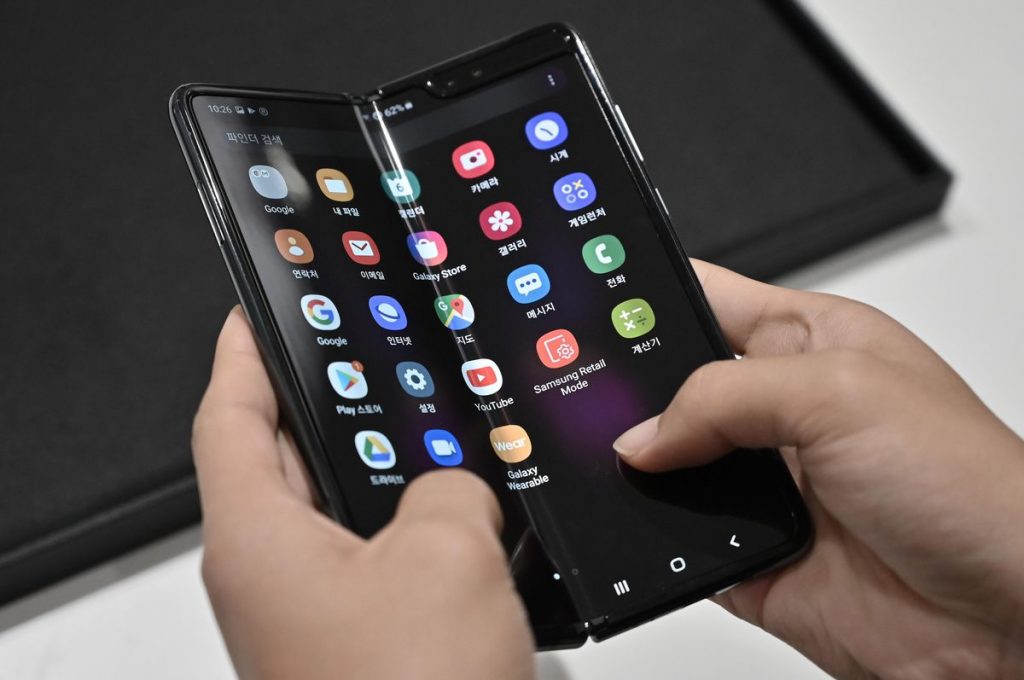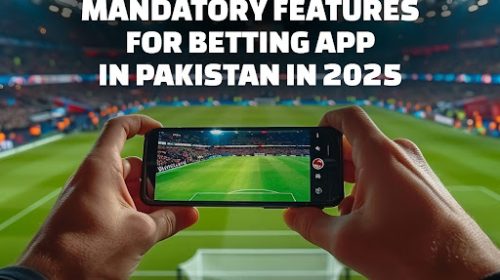
Foldable Smartphones – 7 Things To Consider When Developing Apps
If you have been following tech lately, you might be familiar with the latest form factor which has taken the smartphone industry by storm. Even though the foldable smartphones will take years to mature but it has a bright future ahead.
According to foldable smartphone statistics, smartphone manufacturers shipped one million foldable smartphones out of a total of 1.37 billion in 2019, which might not seem like a big deal to many but what’s interesting is that that number had jumped to 8 million units in 2020 and will surpass 100 million marks by2025.
Even though it is too early to say anything about the future of foldable, but one thing is for certain that we will have an influx of foldable devices in years to come. If you are a mobile app developer, you should prepare yourself for creating apps for foldable devices.
If you are wondering what things you need to take into account when developing apps for foldable smartphones, then you are at the right place. In this article, you will learn about seven things to consider when developing apps for foldable smartphones.
- Develop for the Different States
One of the biggest differences between a foldable smartphone and a traditional smartphone is that a foldable smartphone can be used in two different states. According to Muneeb Qadar Siddiqui – digital marketing specialist, how your app performs when the device is being used in two different states? How different features of your mobile app works in different device states? Mobile app developers and app development company in Dallas have to answer these questions in order to develop apps that work great on foldable devices.
- Size Alteration
When you fold a smartphone, its physical dimension changes. This means that app developers have to create an app that can adapt according to tot the dynamic device dimension. Since most foldable displays are usually larger in size as compared to their traditional counterparts, your apps should also fit on the large canvas to allow users to take full advantage of larger screen real estate. Apps that support resizable screens can deliver a great user experience on foldable smartphones. As a mobile app developer, your goal should be to develop such apps, which can deliver a great experience even on foldable devices.
- Multi-Window Support
Despite the powerful hardware and software capabilities, most smartphones struggle when you open multiple apps at once, especially when you place them side by side on the same screen. We all have experienced one app to stop responding when we open another app alongside it. Only the most powerful or most well-optimized devices can handle such tasks without breaking a sweat.
Even though this issue is somewhat resolved in the latest versions of popular mobile operating systems, app developers should ensure that both apps work flawlessly and take full advantage of the multi-window capabilities of foldable devices. This allows users to work on multiple apps simultaneously without having to switch between apps, which allow them to get more done more conveniently.
- Support For Dual Screen
There are some smartphones that use two separate screens instead of offering a multi-window setup. Just like desktop computers that have two monitors attached to them and you can easily move data from one screen to another, you can do the same with apps that offer dual-screen support. Such apps can supercharge your productivity and allow you to perform tasks quickly. All app developers need to do is to ensure smoother movement of data from one screen to another. Additionally, they also have to decide which screen would be used as a primary screen and which ones will be used as a secondary screen.
- Screen Ratios
Another big challenge for mobile app developers who are developing apps for foldable smartphones is varying screen ratios. Every smartphone manufacturer uses a different screen ratio. This means that there is no standardized screen ratio which means that app developers will have to choose screen ratio based on the device they are creating the app for. The easiest and best way to overcome this issue is to test the app for multiple screen ratios so the app you create is compatible with a wide range of devices.
- Quality
One of the major differences between traditional app development and app development for foldable is that developers need to focus more on platforms in traditional app development but emphasize more on device dimensions, resolution, and screen ratios.
In traditional app development, you can create an app for a platform and the devices that are using that mobile operating system can run that app but that is not the case with foldable devices. On the flipside, app developers creating apps for foldable devices need to first decide the number of devices that the app will support then take care of different screen ratios and resolutions.
As the number of foldable devices continues to increase, delivering the same level of functionality becomes a daunting challenge especially in unique form factors. With foldable device manufacturers providing app developers with emulators, app developers can save themselves from the hassle of conducting numerous tests on different devices to check how the app is performing on every device.
- User Feedback
Foldable smartphones have been around for a couple of years. This means that there are very few app developers creating apps for foldables. You won’t get the same level of support, tutorials and tools as you would do when developing traditional apps. This also increases the probability of making mistakes. Try to learn from these mistakes and avoid repeating the same mistakes to get better at foldable app development.
More importantly, you need to incorporate a comprehensive feedback collection process into your apps. This will allow you to know what the user think about your app and what changes do they want to see in the future versions of your app. It also gives you a better idea about the issues users might be facing when using your app on their foldable devices. Custom Software developers in Dallas can fix those issues and deliver an immersive app experience.
Which factors do you consider when developing apps for foldable smartphones? Share it with us in the comments section below.


























